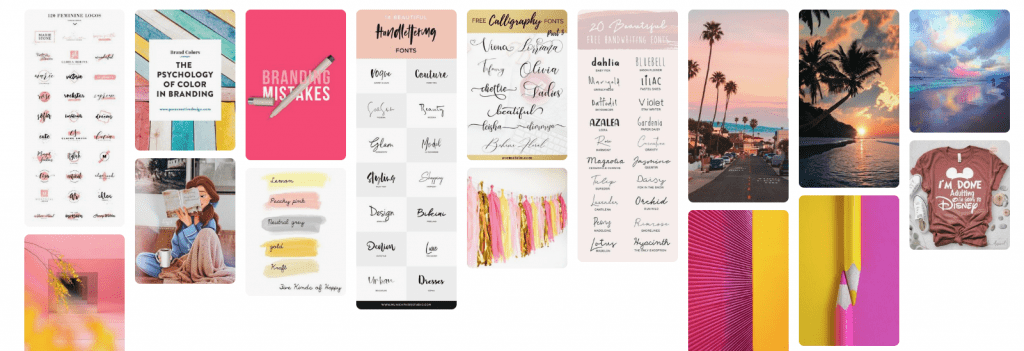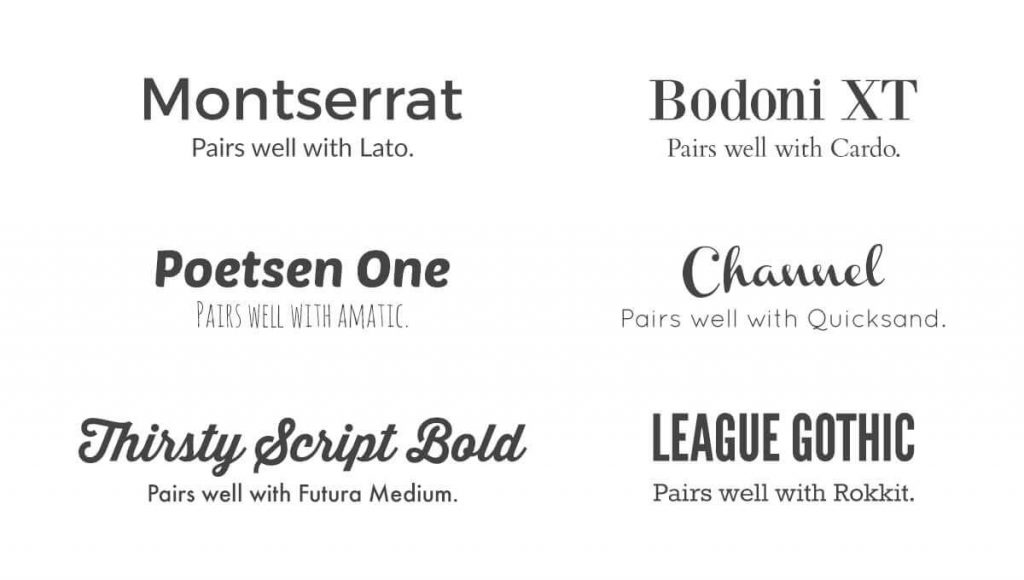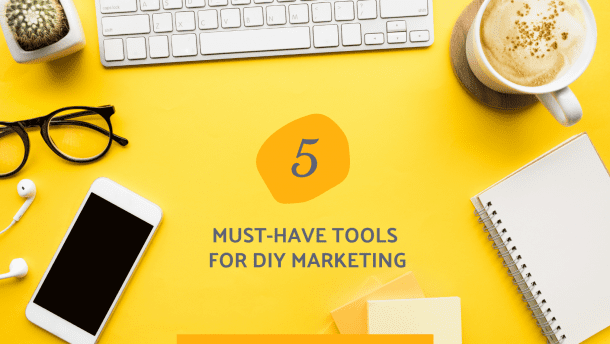My son was in Kindergarten when I started my business. His class was the K5 Beehive and I was simply delighted by all the themes in their classroom, called the k5 Beehive. I didn’t need much in the way of a simple mood board for my new company — from the get-go, in embraced the Honeycomb lifestyle.
I’m a huge proponent of brand consistency, but for me, it’s always been simple. Take my own personal “brand” for instance: I’m a southern girl who loves the color pink, cats, iced coffee, Disney, makeup and the beach. I bet you already have an idea of what a face-to-face meeting with me would be like. Knowing how I communicate — and as a result, the type of people I’m most likely to attract — helped me tremendously when I was running my direct sales business. My personal branding helped me attract the people who were most likely to buy from me, because I could tap into their pain points, likes and desires.
Simple Mood Board Tutorial
One part is knowing your idea customer persona, but another is knowing your brand and the brand your company reflects, especially when you’re a direct sales pro or a solopreneur — because in these cases, they are tied very closely together. A simple mood board — known in design circles as a collection of colors, fonts, textures, compositions, and ideas that represent an overall brand — can help you establish your business brand and keep you consistent.
If you’re not sure where to start, follow these three simple steps to create a small business mood board that will help you capture the essence of you and your business.
Step 1: Make A Favorites List
Sometimes we’re so busy managing our lives and the day-to-day business that we don’t stop and think about what makes us (and our business) tick. Take a pad of paper and write down everything you love the most. Dig deep with this activity, and make sure you add in elements of your business “why”. Start with these questions:
- What’s your favorite color?
- What’s your favorite season?
- In what part of the country did you grow up?
- What’s your favorite TV show? Why?
- What’s your favorite music? Why?
- Why did you start your business?
- Who is your best customer?
- What does your home look like?
- In what clothes do you feel most comfortable?
- Where do you like to travel?
- What is your most defining trait?
- What is your top product?
- How do your products or services make you feel?
These probing questions are just starting to build on small business branding ideas. The above activity not only helps you define what you want from your business but how you want it reflected your customers. There is an in-depth workbook exercise for my DIY Marketing Fast Track students.
Step 2: Pin What Makes You Happy
I love using Pinterest to help me establish a mood board or a look for my brand, as well as find other small business branding ideas. Start fresh with a Pinterest board, type in something you love (a food, color, activity) in the search bar, and then pin to the newly created board. Don’t put too much thought into it — just search, pin, search. Don’t worry about where the pins lead; right now, we’re focusing on a look. Click and pin what catches your eye, and take advantage of suggested pins and search keywords provided by Pinterest.
Try this activity for three minutes a day for three days. After some supercharged pinning, you’ll be ready to step back and take a look at your board from a birds-eye view. Can you see patterns? Are there certain colors or fonts that stand out? We’re not reinventing branding here; you’re using established elements as a building block for your brand. This board is your simple mood board.

Step 3: Make an Image
Take a screenshot of your board for reference, and then load up Canva, PicMonkey or Word Swag (or any other app or program you use for photography and design). Snap a selfie and upload it to the site. Finally, pick a color and font that’s is similar to others on your board and type in a quote (or make one up!) that sums up what you see on the board.

Examples of font combinations via PicMonkey
It’s important to not think too much about what you’re doing during these initial exercises. Your brand will likely morph and change as you grow. Once you’ve completed the image, you can use it to gather feedback from your customers, build and tweak or start making templates based on the colors and themes (i.e. decide on one to three coordinating colors and one or two fonts).
Branding is essential to a small business, so it’s better to start with something than grow without any type of brand direction!




0 Comments